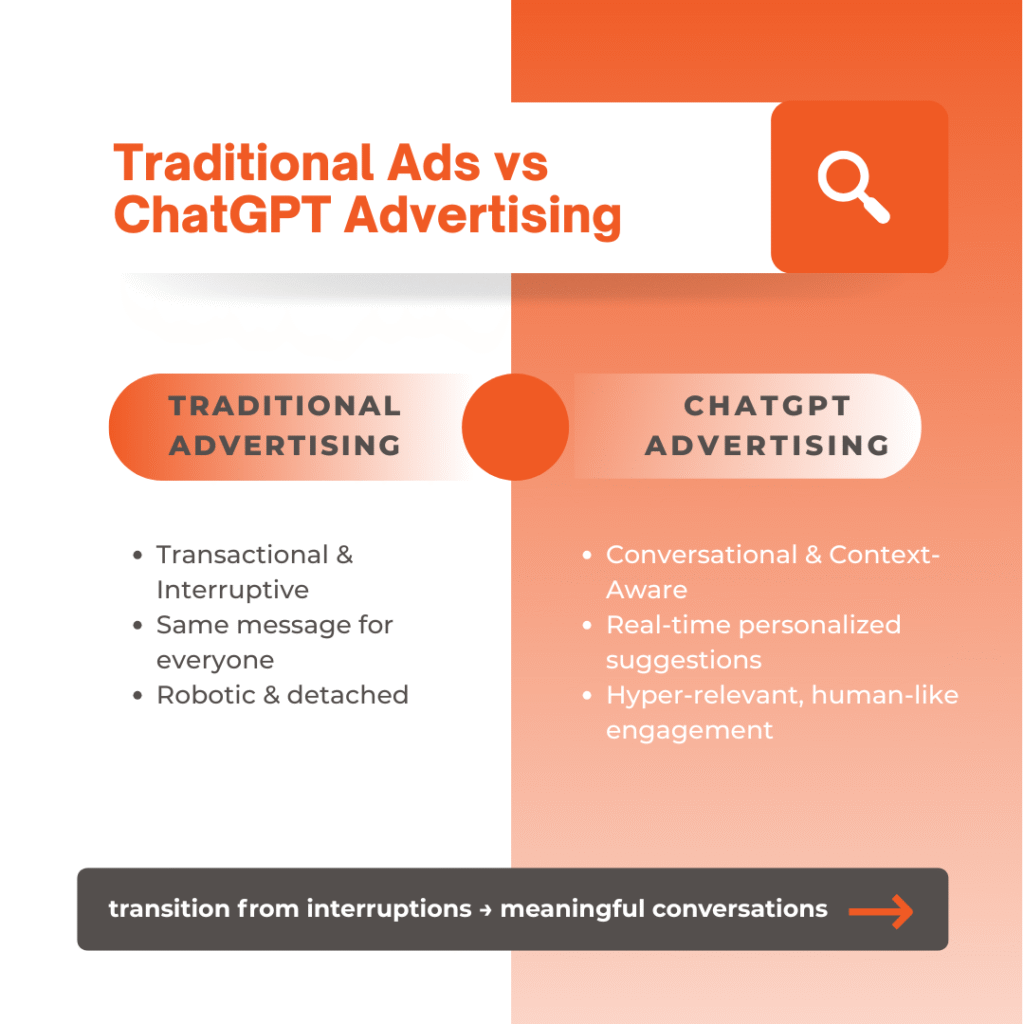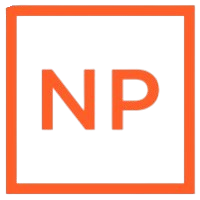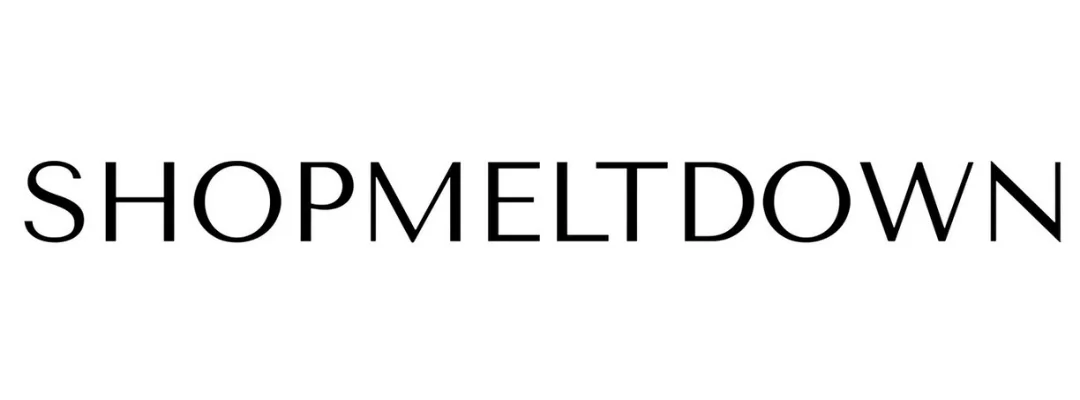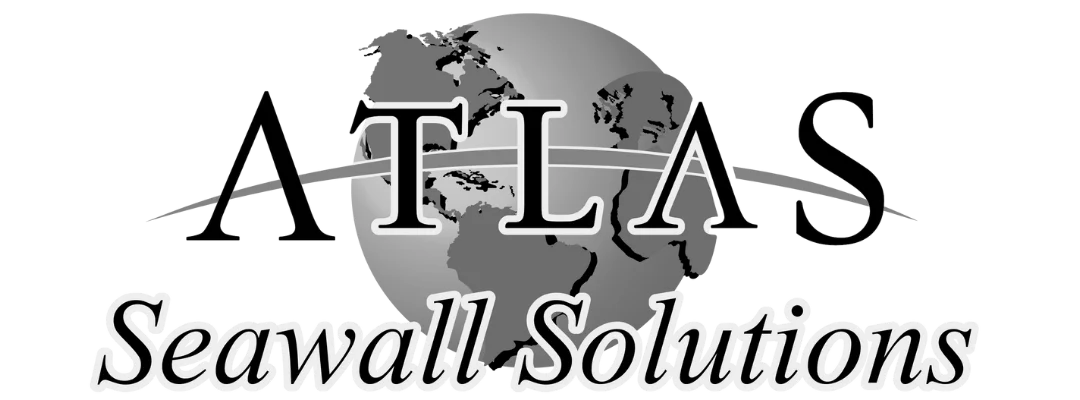If you’ve been keeping an eye on AI, you already know ChatGPT isn’t just changing the way we interact online it’s quietly reshaping the marketing landscape.
But what if this conversational AI could also become a playground for paid ads? That’s exactly the question marketers like us are starting to explore.
Imagine reaching your audience in a space where conversations happen naturally, suggestions are personalized, and your brand can appear exactly when it matters. ChatGPT advertising has the potential to offer that kind of interaction—something traditional ad platforms can only dream of.

Right now, OpenAI hasn’t officially launched a paid ad platform, but the signs are everywhere.
Job postings, infrastructure development, and hints at future monetization show that ChatGPT advertising could become the next big frontier. And being early could give you a serious edge.
We’re not just talking about ads that appear on a screen this is about context-driven engagement. Your audience could interact with your brand in real-time, ask questions, get recommendations, and even make decisions—all guided by AI. The possibilities are as exciting as they are new.
In this blog, we’ll explore what ChatGPT advertising could mean for marketers like us. From opportunities to challenges, we’ll dive into why this AI-driven frontier might just redefine how we think about paid campaigns—and how you can start preparing your strategy today.
The Current Landscape of Digital Ads: Why We Need Something New
Let’s be honest, digital advertising has come a long way. Google Ads, Meta Ads, LinkedIn campaigns you name it, we’ve all tried it.
And while these platforms have driven massive growth for countless businesses, you’ve probably noticed one thing: it’s getting tougher to stand out. Competition is fierce, CPCs are climbing, and audiences are becoming increasingly blind to the same old ad formats.
Think about your own campaigns for a moment. How often do you feel like your ads are lost in a sea of banners, carousels, and pop-ups? We’ve all been there.
Engagement rates plateau, costs rise, and despite our best efforts, conversions sometimes feel like a lottery. The truth is, traditional paid advertising is starting to hit its limits, and that’s not just a marketer’s gripe; it’s a reality backed by numbers.
ChatGPT’s user behavior is tailor-made for advertising. People don’t just browse they ask direct, high-intent questions like “Which laptop is best for graphic design under $1000?” or “What are the best online courses for digital marketing?” These aren’t passive queries; they’re decision-driven moments. That means when ChatGPT advertising becomes a reality, brands will have the chance to appear right when users are actively seeking solutions turning natural conversations into perfectly timed opportunities.

So, what do these platforms lack?
For starters, they’re transactional by nature. Ads appear as interruptions rather than meaningful interactions. Even with sophisticated targeting, your audience is served the same static message, whether they’re browsing, researching, or just casually scrolling.
There’s little room for dynamic, context-driven conversations that adapt to what your audience is thinking or asking in real time.
This is where ChatGPT could be a game-changer. Imagine a space where your brand can interact naturally with users, answer questions instantly, and provide personalized recommendations, all in the flow of a conversation.
Unlike traditional ad platforms, ChatGPT can turn engagement into dialogue, making your messages feel helpful rather than intrusive. Your audience isn’t just seeing an ad, they’re participating in a meaningful exchange that could guide their decisions, nurture trust, and ultimately drive conversions.
We also have to consider AI-driven personalization. Automation and machine learning are everywhere in current ad platforms, from bid strategies to predictive audience targeting. Yet, despite all this technology, ads often feel robotic and detached.
ChatGPT’s conversational model, on the other hand, can interpret intent, provide nuanced responses, and even learn from interactions over time.
This opens the door to hyper-relevant, human-like engagements that traditional platforms simply can’t replicate.

This is why we’re starting to look beyond the familiar. We need something new, a platform that allows brands like ours to engage people in real time, understand their intent, and interact meaningfully.
Something that goes beyond banners and retargeting pixels. Something like ChatGPT, where conversations happen naturally and ads could one day feel less like interruptions and more like helpful suggestions.
This is where the future of paid advertising could be heading, and why it’s worth paying attention today.
ChatGPT’s Advertising Potential
The idea of advertising within a conversational AI might sound futuristic but it’s closer than you think.
While traditional ad platforms rely on banners, feeds, and search results, ChatGPT offers something different: a space where your brand can engage people naturally, in real time, and with context-aware relevance.
We’re talking about ads that don’t just interrupt your audience, they add value. Whether it’s answering questions, guiding decisions, or offering personalized recommendations, ChatGPT could turn passive viewers into active participants.
For marketers like us, this opens up a new frontier where conversations drive conversions, and every interaction becomes an opportunity to connect.
1. From Conversations to Conversions
We’ve seen ads everywhere on search engines, social feeds, and video platforms but most of them feel like interruptions. ChatGPT flips that model. Here, your brand can engage people in natural conversations, answer questions instantly, and offer recommendations in real-time.
Imagine turning casual interactions into meaningful connections. That’s where conversations turn into conversions, and why marketers like us should be paying attention.
2. Hyper-Personalization at Scale
You know how frustrating it is when your carefully crafted ads get ignored because they don’t resonate. With ChatGPT, we could deliver messages that feel personal, relevant, and context-aware.
The AI can understand intent, adapt responses, and guide users based on their needs. In other words, your audience doesn’t just see an ad—they experience a tailored interaction that feels human.
3. Real-Time Feedback and Optimization
Traditional ad platforms rely on historical data to optimize campaigns but with ChatGPT, your campaigns could learn in real-time.
We could see what messages spark engagement, which offers convert, and what kind of content your audience values most. That’s a new level of responsiveness, giving you insights that go beyond clicks and impressions.
4. Interactive Ads That Don’t Interrupt
Let’s face it people hate ads that block or distract them. ChatGPT offers a different approach: interactive, helpful experiences that users can engage with voluntarily.
You could provide product demos, answer FAQs, or even guide them through decision-making, all within a conversation. Ads no longer feel like ads, they feel like value.
5. Early Adoption Advantages
Here’s the kicker: this isn’t mainstream yet. By exploring ChatGPT advertising early, you have the chance to experiment, learn, and position your brand as a pioneer.
We could test creative strategies, refine messaging, and figure out what resonates before the platform becomes crowded and CPCs rise.
Opportunities and Strategies for Marketers
As marketers, we’re always chasing the next edge ways to connect deeper, engage smarter, and convert faster. ChatGPT presents an entirely new playground for that kind of innovation.
While the platform isn’t fully live yet, the possibilities are already clear: we can experiment with conversation-driven campaigns, test new messaging strategies, and learn how AI can amplify engagement like never before.
This is your chance to think beyond clicks and impressions. By exploring ChatGPT’s advertising potential now, you can craft campaigns that feel human, relevant, and genuinely helpful.
Below, we’ll dive into some of the most promising opportunities and practical strategies for marketers like us to get ahead of the curve.
1. Experiment Early and Learn Fast
We all know that being first in a new platform gives a huge advantage. Even though ChatGPT hasn’t officially launched its ad platform, experimenting with AI-driven interactions now can teach you what resonates with your audience.
You can test ChatGPT-generated copy, interactive prompts, and conversation-based CTAs to see what sparks engagement and refine your approach before the competition catches up.
2. Leverage Personalized, Conversational Campaigns
Your audience craves relevance. With ChatGPT, we can craft campaigns that feel like a conversation rather than a static ad.
Think about product recommendations, interactive demos, or real-time solutions to customer queries. By putting your brand in a helpful role, you can build trust, nurture leads, and even shorten the path to conversion.
3. Use AI Insights to Optimize Strategy
One of the hidden powers of ChatGPT is its ability to capture and interpret conversational data. By analyzing the questions, responses, and engagement patterns, we can uncover what matters most to your audience.
This allows you to tailor your campaigns, adjust messaging, and create more effective strategies without relying solely on historical click-through metrics.
4. Blend ChatGPT with Existing Campaigns
You don’t have to wait for a full ad platform launch to start experimenting. We can integrate ChatGPT into your existing campaigns by generating smarter ad copy, creating interactive lead magnets, or even using the AI to brainstorm audience segments.
This approach allows us to enhance current campaigns while preparing for the full potential of ChatGPT advertising.
5. Position Your Brand as a Thought Leader
Finally, there’s a massive branding opportunity. Early adoption signals innovation. By exploring AI-driven, conversational advertising, you show your audience and your peers that your brand is forward-thinking.
This positioning can open doors to collaborations, media features, and backlinks from authoritative marketing sources.
From Conversations to Conversions
If there’s one thing that sets ChatGPT apart, it’s the sheer volume and variety of data it interacts with every single day. From user prompts to conversations, queries, and preferences, this AI sees patterns that most platforms can only dream of. For marketers, this isn’t just data, it’s a goldmine.
Imagine running ads informed by insights that understand intent, context, and nuance all at once. That’s a whole new curve for paid campaigns, where relevance and timing are taken to the next level.
But here’s the kicker: it’s not just about ads. Brands are already rewriting their SEO strategies to account for ChatGPT’s presence in searches and prompts.
They’re optimizing content to get mentioned in AI responses, ensuring their products, services, and insights appear when users ask questions. In other words, marketers are learning that visibility in ChatGPT isn’t optional, it’s becoming essential.

This dual trend AI-driven advertising potential and SEO adaptation means your campaigns could soon operate on two fronts. While traditional ads compete for attention in feeds and search results, ChatGPT could let you engage users directly in conversation, informed by the richest dataset ever collected.
The brands that understand this early, and align both their ad and content strategies, will be the ones leading the conversation literally and figuratively.
For us marketers, it’s clear: ChatGPT isn’t just another platform. It’s a data-powered ecosystem that could redefine how we approach paid campaigns, content strategy, and audience engagement all at once.
Conclusion
The world of digital advertising is evolving, and ChatGPT is poised to become a game-changer.
We’ve seen how traditional platforms are hitting limits, how conversational AI can turn engagement into meaningful interactions, and how brands are already adjusting their SEO strategies to stay visible in AI-driven searches.
For marketers like us, this isn’t just an opportunity, it’s a wake-up call.
Think beyond clicks and impressions. Focus on conversations, context, and relevance.
By exploring ChatGPT’s advertising potential now, experimenting with conversation-driven campaigns, and aligning our content strategy with AI visibility, we can get ahead of the curve before it becomes crowded.
The key takeaway?
Leverage the insights ChatGPT provides, and prepare to meet your audience where they are – inside interactions that feel personal, helpful, and timely.
At Magic Clickz, we’re excited about this new frontier, and we’re ready to help brands like yours navigate it.
The future of paid advertising isn’t just about ads it’s about meaningful connections. And ChatGPT could very well be the platform that makes it happen.































































